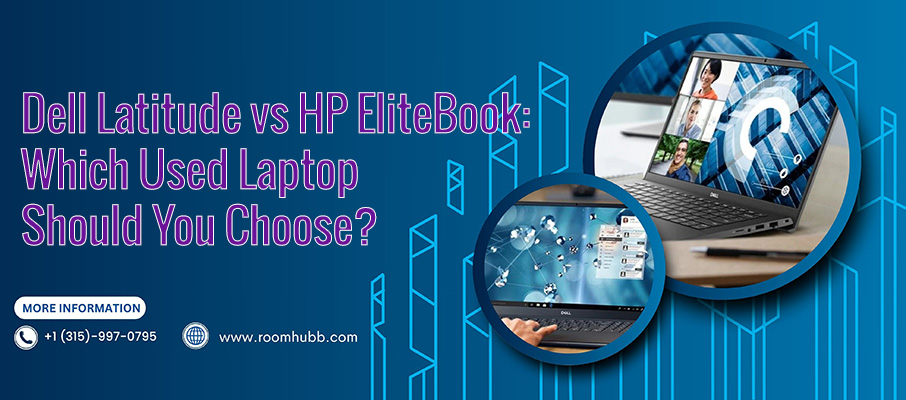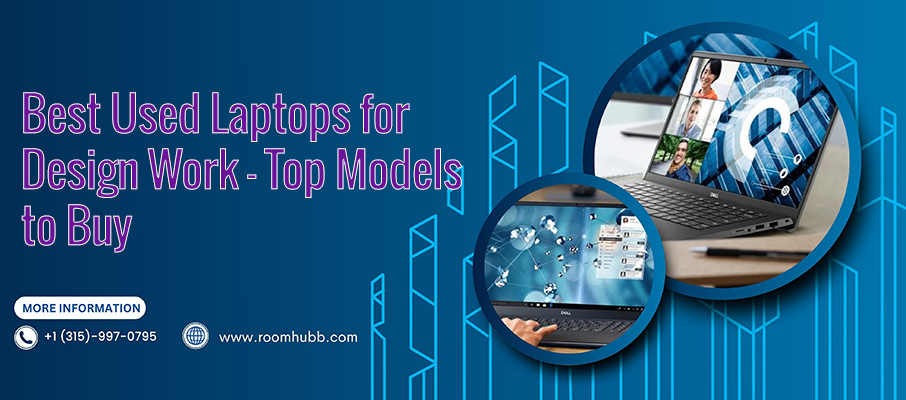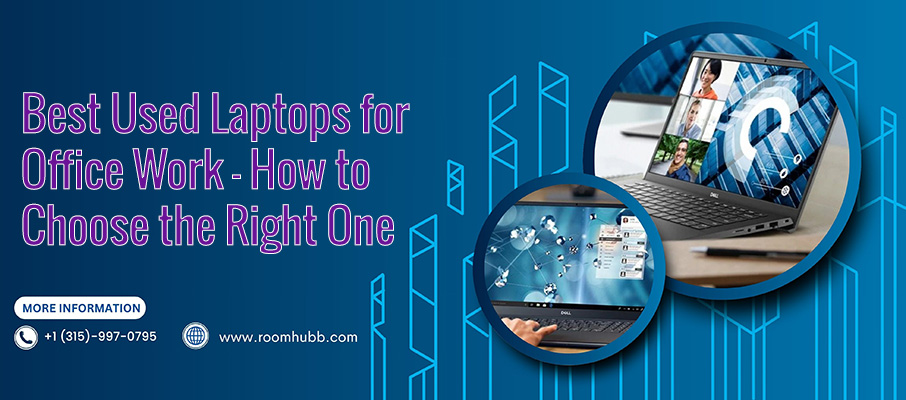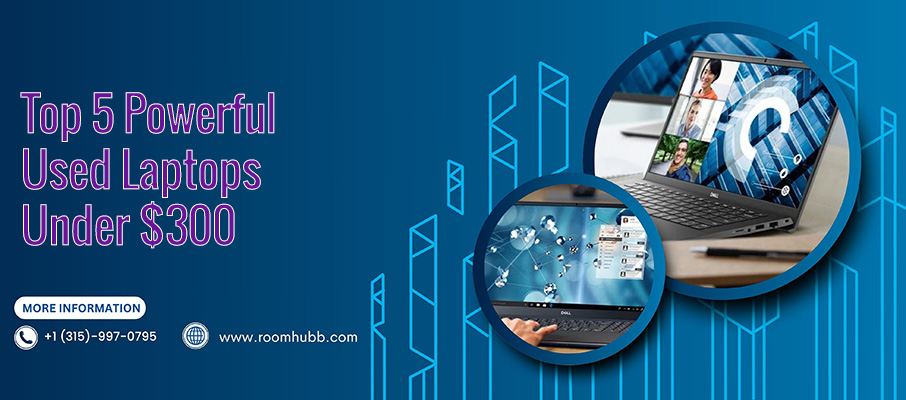Guide To Choosing A Suitable Used Laptop
How to Check Used Laptop Specifications Before Buying – A Complete Guide
When purchasing a pre-owned computer, one of the most critical steps is verifying its actual hardware details. Knowing how to check used laptop specifications before buying helps you avoid scams, ensures you’re getting what you paid for, and allows you to make an informed decision based on your needs.
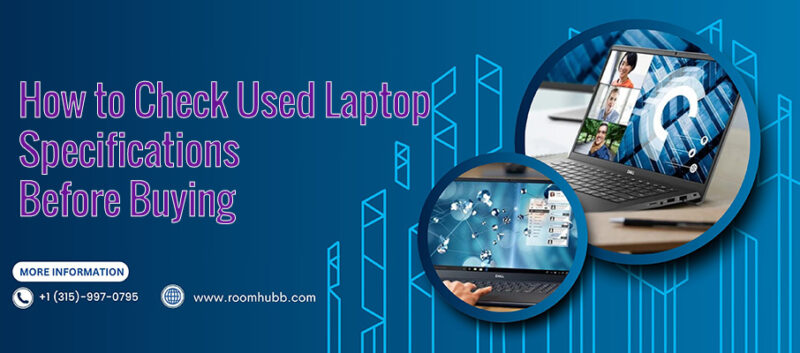
Whether you’re a student on a budget or a remote worker looking for a reliable backup machine, this guide will walk you through a step-by-step process to inspect key specifications before purchase.
Why it’s crucial to check used laptop specifications before buying
Buying a used laptop can save you hundreds of dollars-but only if you know exactly what you’re getting. Sellers may unintentionally or deliberately list incorrect specs, such as overestimating RAM, SSD size, or even faking CPU model numbers using stickers or vague product descriptions. By learning how to check used laptop specifications before buying, you protect your investment and avoid performance bottlenecks.
Here are five key reasons to check hardware specs in advance:
- ✅ Ensure compatibility with your software or work requirements.
- ✅ Confirm the system matches the advertised specs.
- ✅ Spot outdated or underpowered hardware.
- ✅ Detect signs of tampering or parts replacement.
- ✅ Evaluate upgrade potential for RAM, SSD, and more.
Step 1: Use system information tools to check core specs
One of the easiest ways to start is by using built-in Windows tools to view the main specifications:
🔍 Method a: Use “system information”
- Press
Windows + Rto open the Run dialog. - Type
msinfo32and hit Enter. - In the System Information window, check:
-
- Processor
- Installed Physical Memory (RAM)
- System Type (64-bit vs 32-bit)
- BIOS Version
🔍 Method b: Use “settings > about”
- Go to
Settings > System > About. - Check:
-
- Device Name
- Processor
- Installed RAM
- Windows Edition and Activation Status
Why it’s important: This is the baseline. It’s your first step in verifying whether the device actually includes what the seller claims.
Refer to the Used Dell Latitude 5520 Laptop with Core i5 for more options
Step 2: Use third-party tools for deeper insights
To truly understand how to check used laptop specifications before buying, you’ll want to go beyond basic specs. Use these tools for in-depth analysis:
🧠 CPU-Z (Free)
- Shows detailed info about the CPU model, core count, threads, clock speed, motherboard chipset, and RAM specs.
- Great for identifying if the CPU is from the 6th gen, 7th gen, or higher.
- Helps detect fake CPUs or misrepresented models.
💾 CrystalDiskInfo
- Displays health status of hard drives and SSDs.
- Check total power-on hours, temperature, and read/write errors.
- Avoid buying a laptop with a failing drive.
📦 HWMonitor or speccy
- Gives thermal and power data (important for checking overheating issues).
- Speccy provides an easy-to-read summary of all core hardware.
Tip: Ask the seller to provide screenshots from these apps before purchasing if you’re buying online.
Step 3: Verify storage type and capacity
Used laptops may come with a hard disk drive (HDD) or a solid-state drive (SSD). You must confirm:
- Actual capacity (e.g., 256GB vs. 512GB)
- Drive type (SSD is 5x-10x faster than HDD)
- Drive health (see CrystalDiskInfo)
Why this matters: Many sellers advertise a laptop as “fast,” but the system still uses an outdated HDD. SSDs drastically improve boot time, multitasking, and file access.
Step 4: Confirm RAM capacity and upgrade potential
Here’s how to check RAM details:
- Use CPU-Z or Speccy to confirm:
- Installed RAM size (e.g., 8GB DDR4)
- Number of memory slots used
- Maximum upgrade support
Example: A laptop may come with 4GB of RAM but support 16GB. This gives you upgrade flexibility later.
Important: Check if RAM is soldered (non-upgradeable) or replaceable via slot access.
Step 5: Identify GPU capabilities (integrated or dedicated)
If you need your laptop for graphic design, video editing, or gaming, knowing how to check used laptop specifications before buying must include the GPU:
- Go to
Device Manager > Display Adapters - Alternatively, use GPU-Z or Speccy
Types of GPUs:
- Integrated Graphics (e.g., Intel UHD): Fine for office work, light browsing.
- Dedicated GPUs (e.g., NVIDIA or AMD): Ideal for creative work and gaming.
Check the GPU’s VRAM and generation to assess if it meets your software’s minimum requirements.
Step 6: Inspect display specs and resolution
Sellers might not clearly list screen resolution, panel type (TN vs. IPS), or brightness level. Here’s how to check:
- Go to
Settings > System > Display > Advanced Display Settings - Use tools like Speccy to confirm native resolution
Look for:
- 1080p (1920×1080) as a minimum for modern usage
- IPS panel for better color and viewing angles
- No dead pixels or screen flickering
Step 7: Check for windows license and activation
Buying a laptop with a pre-installed but non-activated Windows can be a red flag.
- Go to
Settings > Update & Security > Activation - It should say Windows is activated with a digital license
You can also confirm if the laptop comes with Windows 10 or Windows 11, depending on compatibility.
Step 8: Examine battery health (optional but important)
Used laptops often come with degraded batteries. Tools like BatteryInfoView or HWMonitor show:
- Full charge capacity vs. design capacity
- Battery wear level
- Cycle count
Tip: A battery with 70% or more of its original capacity is considered acceptable for most users.
Step 9: Verify model number and serial number
For additional confidence:
- Look at the physical sticker underneath the laptop or in the BIOS.
- Cross-check the model number with official specifications from the manufacturer.
- Use the serial number to check warranty status on the brand’s website (Dell, HP, Lenovo, etc.).
Final checklist for buyers
Here’s a quick checklist summarizing how to check used laptop specifications before buying:
| Component | What to Check | Tool |
|---|---|---|
| CPU | Model, Generation | CPU-Z |
| RAM | Size, Type, Upgrade Slots | CPU-Z, Speccy |
| Storage | Type, Health | CrystalDiskInfo |
| GPU | Integrated or Dedicated | Device Manager, GPU-Z |
| Display | Resolution, Panel Type | Speccy |
| OS | Activation, Version | Settings |
| Battery | Health, Cycles | HWMonitor |
| Windows License | Digital License? | Activation Tab |
| Model Verification | Warranty Check | Manufacturer Website |
Conclusion: Buy smart, not blind
By following this comprehensive guide on how to check used laptop specifications before buying, you arm yourself with knowledge that protects your money and ensures you get maximum value. The used laptop market is filled with gems-especially business-class models from Dell, Lenovo, and HP-but only if you know what you’re doing.
If you’re still unsure or want expert help, Roomhubb offers tested and certified used laptops, along with detailed inspection reports for every unit we sell. Contact our support team for one-on-one assistance in choosing the best machine for your needs.
CHECK OUT THE GUIDE TO CHOOSING A SUITABLE USED LAPTOP

